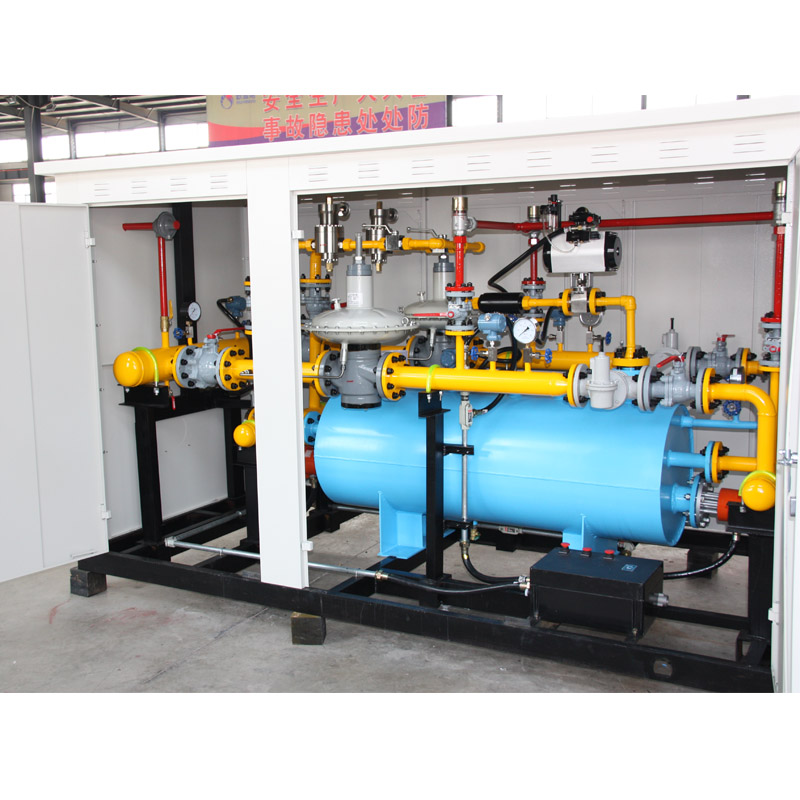
12 月 . 04, 2024 09:24
Back to list
safety relief valve
Understanding Safety Relief Valves Ensuring System Safety
Safety relief valves (SRVs) are critical components in various industrial processes, designed to protect systems from overpressure conditions. These valves serve as a last line of defense to prevent catastrophic failures that can result from excessive pressure buildup. Whether in chemical processing, oil refining, power generation, or even household equipment, the role of safety relief valves is paramount in ensuring operational safety and compliance with regulatory standards.
The Functionality of Safety Relief Valves
At their core, safety relief valves are mechanical devices that automatically release excess pressure from a system. They are engineered to open at a predetermined set pressure, allowing fluid—either gas or liquid—to escape, thus preventing potential equipment failure or explosions. Once the pressure decreases to a designated level, the valve closes automatically, ensuring that the system can return to its normal operating conditions.
There are two primary types of safety relief valves conventional and balanced bellows valves. Conventional valves are widely used, featuring a simple design that relies on a spring mechanism to hold the valve shut until the set pressure is reached. On the other hand, balanced bellows valves are designed to minimize the effects of back pressure, making them suitable for applications where fluctuating pressures might occur.
Importance of Regular Maintenance and Testing
Just like any other mechanical component, safety relief valves require regular maintenance and testing to ensure they function correctly. Over time, factors such as corrosion, sediment buildup, and mechanical wear can affect their performance. A valve that fails to open at the designated pressure can lead to critical failures and hazardous situations.
Routine inspection should include checking the set pressure against manufacturer specifications, examining the valve for signs of wear or damage, and testing the valve's operational readiness. Most industries adhere to specific regulations that mandate regular inspection intervals, ensuring that all safety relief devices are functioning as intended.
safety relief valve

Application Across Industries
Safety relief valves are utilized across a diverse range of industries. In the chemical industry, for instance, where processes often involve volatile substances, SRVs are essential for protecting reactors and storage tanks. In oil and gas operations, these valves safeguard pipelines and processing equipment against the dangers of high pressure. In HVAC systems, safety relief valves are critical for maintaining safe pressure levels in refrigeration circuits.
The versatility of safety relief valves is also evident in their presence in residential applications. Many household appliances, such as water heaters, are equipped with SRVs that help manage internal pressures, thereby preventing potential explosions or leaks.
Regulatory Standards and Compliance
Due to their importance in maintaining safety, safety relief valves are subject to stringent regulatory standards. Organizations such as the American Society of Mechanical Engineers (ASME) and the National Fire Protection Association (NFPA) provide guidelines for the design, installation, and maintenance of these valves. Compliance with these standards not only enhances safety but also ensures that companies avoid significant penalties associated with regulatory violations.
Conclusion
Safety relief valves play an indispensable role in protecting both people and equipment from the dangers of overpressure. Their design, functionality, and regular maintenance are crucial elements in ensuring that systems operate safely and efficiently. As industries continue to produce and handle materials under high pressure, the importance of effective safety relief valves will only increase. Investing in high-quality safety relief valves and adhering to maintenance protocols not only secures operational integrity but also upholds the safety of the environment and those who work within it. Ultimately, the reliability of these valves is a testament to a facility’s commitment to safety and operational excellence.
Latest news
-
Unlocking The Quality Gas Pressure ReducersNewsNov.01,2024
-
The Role of Gas Pressure Reducing StationsNewsNov.01,2024
-
The Importance and Functionality of Safety Relief ValvesNewsNov.01,2024
-
The Essential Role of Safety Valves in Natural Gas ApplicationsNewsNov.01,2024
-
The Essential Role of Gas Pressure RegulatorsNewsNov.01,2024
-
Enhance Your Premium Gas FiltersNewsNov.01,2024

